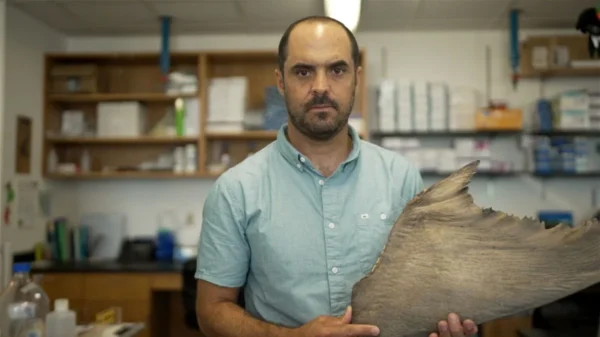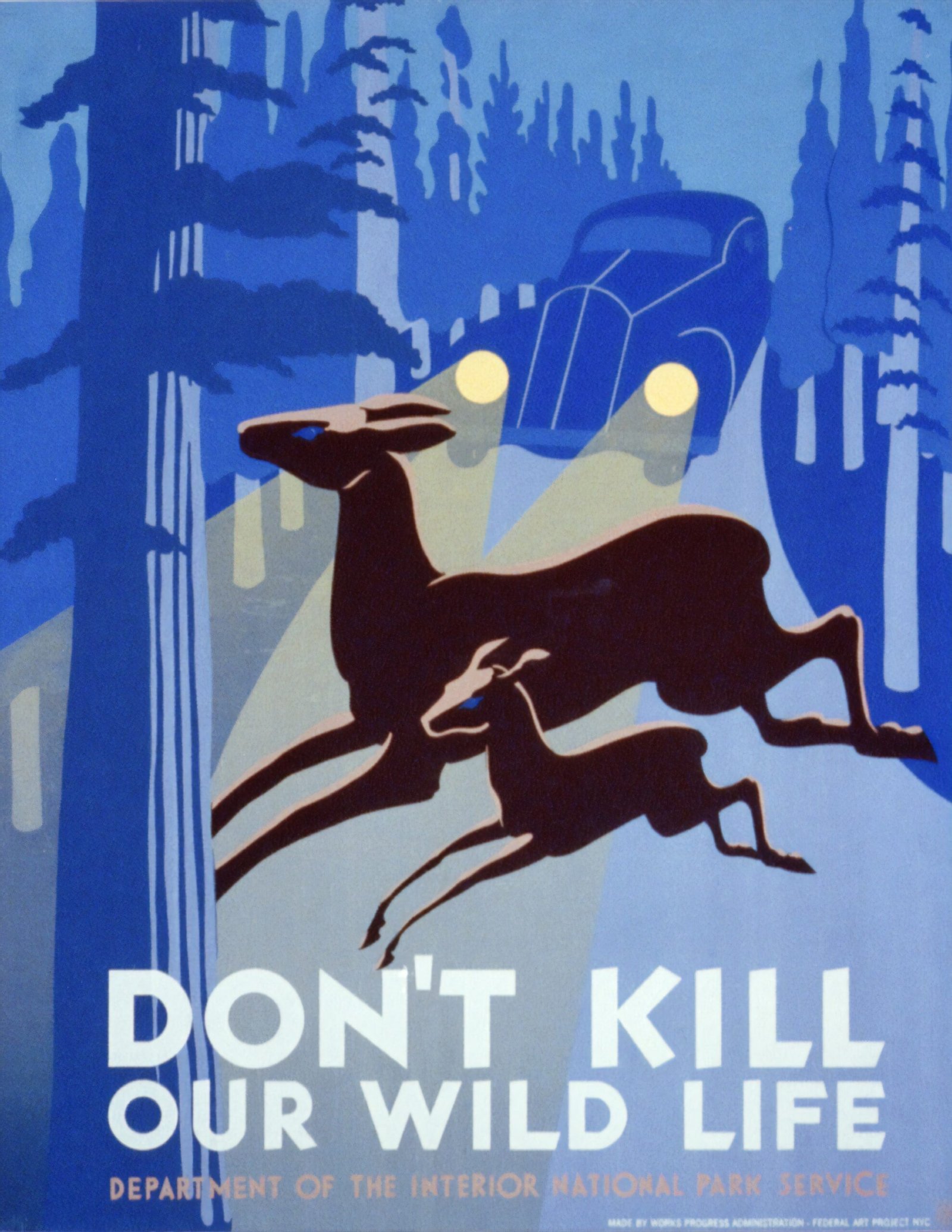Introduction
Environmental conservation plays a crucial role in protecting the delicate balance of our planet’s ecosystems. One of the key aspects of conservation is the protection of wildlife and their habitats. By safeguarding these natural areas, we can ensure the survival and well-being of numerous species and maintain the overall health of our environment. In this article, we will explore the importance of wildlife and habitat protection and discuss some of the initiatives and challenges in this field.
The Importance of Wildlife and Habitat Protection
Wildlife and their habitats are vital components of our planet’s biodiversity. They contribute to the overall health of ecosystems by maintaining ecological processes, such as pollination, seed dispersal, and nutrient cycling. Additionally, wildlife populations serve as indicators of environmental health, providing valuable insights into the state of ecosystems.
Protecting wildlife and their habitats is essential for several reasons:
- Conserving Endangered Species: Many species are currently facing the threat of extinction due to habitat loss, pollution, climate change, and illegal wildlife trade. By protecting their habitats, we can give these species a fighting chance for survival.
- Promoting Ecosystem Resilience: Healthy and diverse ecosystems are more resilient to environmental changes. By safeguarding wildlife and their habitats, we help maintain the balance of these ecosystems, which in turn benefits human populations by providing clean air, water, and other ecosystem services.
- Preserving Cultural and Ecotourism Opportunities: Wildlife and their habitats are often significant cultural and ecotourism attractions. Conservation efforts ensure that future generations can appreciate the natural beauty and cultural heritage associated with these areas.
Initiatives in Wildlife and Habitat Protection
Various organizations and governments around the world are working tirelessly to protect wildlife and their habitats. These initiatives involve:
- Protected Areas: Establishing protected areas, such as national parks, wildlife sanctuaries, and nature reserves, helps preserve critical habitats and provides safe havens for wildlife.
- Species-specific Conservation: Focusing on specific endangered species, such as tigers, elephants, or sea turtles, allows for targeted conservation efforts, including habitat restoration, anti-poaching measures, and community engagement.
- Habitat Restoration: Rehabilitating degraded habitats is crucial for wildlife populations to recover and thrive. This involves activities like reforestation, wetland restoration, and coral reef rehabilitation.
- Community Involvement: Engaging local communities in conservation efforts is vital for long-term success. Empowering communities to become stewards of their natural resources helps ensure sustainable practices and reduces conflicts between human activities and wildlife conservation.
Challenges in Wildlife and Habitat Protection
Despite the ongoing efforts, wildlife and habitat protection face several challenges:
- Habitat Loss and Fragmentation: Expanding human activities, such as agriculture, urbanization, and infrastructure development, continue to encroach upon natural habitats, leading to habitat loss and fragmentation.
- Illegal Wildlife Trade: The illegal trade of wildlife and their products remains a significant threat to many species, driving them towards extinction. Strengthening law enforcement and raising awareness are crucial in combating this issue.
- Climate Change: Rising temperatures, changing rainfall patterns, and extreme weather events pose significant challenges to wildlife and their habitats. Adaptation strategies and reducing greenhouse gas emissions are necessary to mitigate the impacts of climate change.
- Human-Wildlife Conflict: As human populations expand, conflicts between humans and wildlife escalate. Finding sustainable solutions that balance the needs of both humans and wildlife is essential.
Conclusion
Protecting wildlife and their habitats is a fundamental pillar of environmental conservation. By recognizing the importance of these natural areas and implementing effective initiatives, we can ensure the long-term survival of species, maintain ecosystem health, and preserve our planet’s cultural and ecological heritage. However, addressing the challenges in wildlife and habitat protection requires collective efforts from governments, organizations, communities, and individuals. Together, we can make a positive impact and secure a sustainable future for all.




































